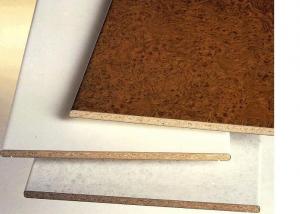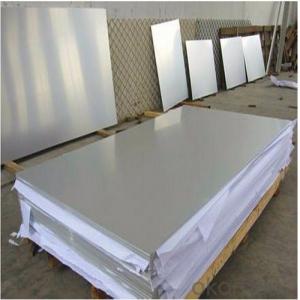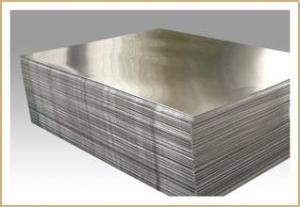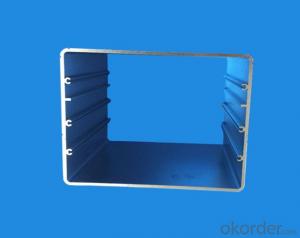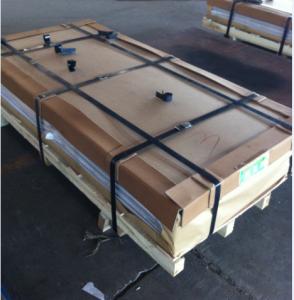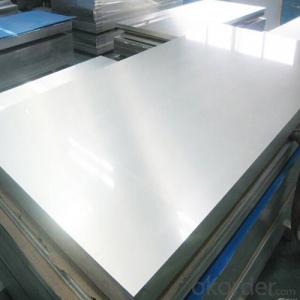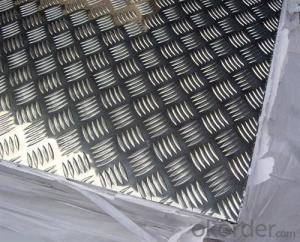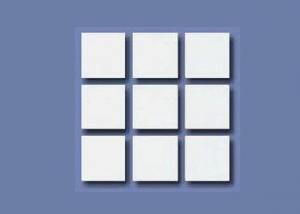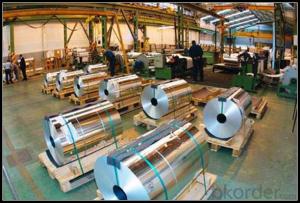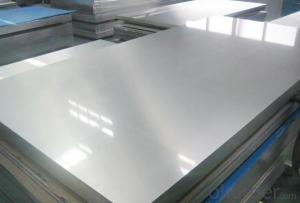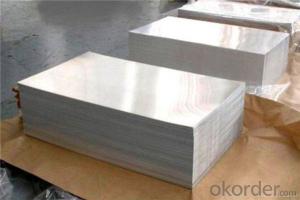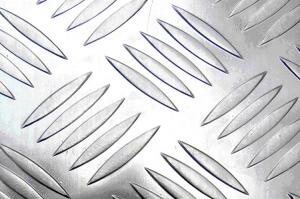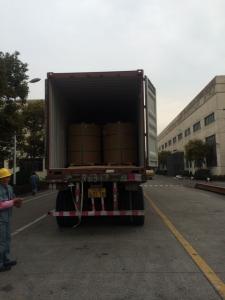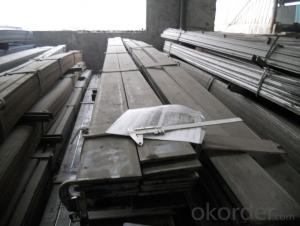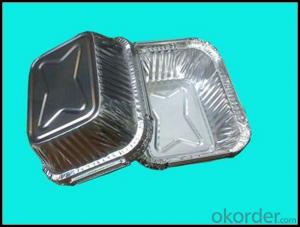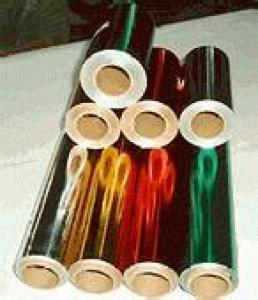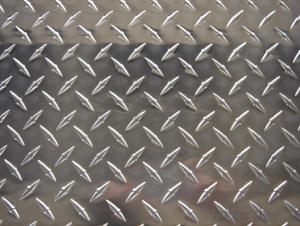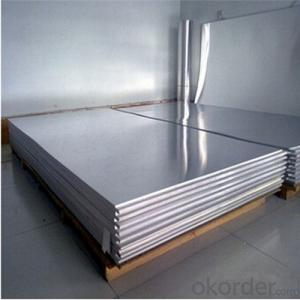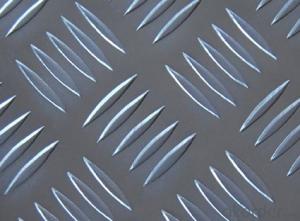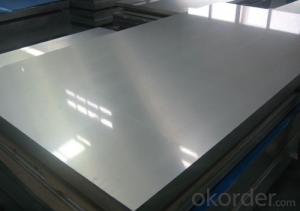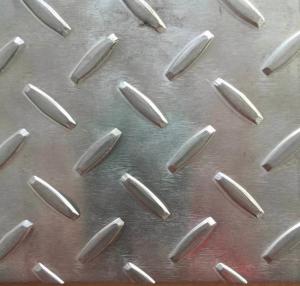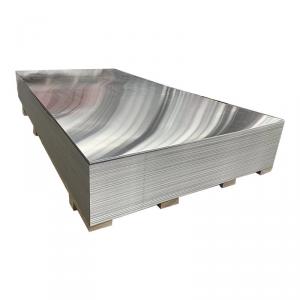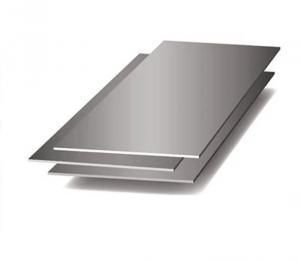1/2 Thick Aluminum Plate
1/2 Thick Aluminum Plate Related Searches
Aluminum Plate 1/2 Thick 1/2 Inch Thick Aluminum Plate Aluminum Plate 1/2 Inch Thick 1/2 Aluminum Plate 1/2 Inch Aluminum Plate Aluminum 1/2 Plate Half Inch Aluminum Plate 1/2 In Aluminum Plate 1/4 Thick Aluminum Plate 1 2 Thick Aluminum Plate 1/4 Inch Thick Aluminum Plate 1/2 Aluminum Diamond Plate Aluminum Plate 1/4 Thick 3/4 Thick Aluminum Plate 2 Thick Aluminum Plate 1/8 Thick Aluminum Plate 1/8 Inch Thick Aluminum Plate Aluminum Plate 1/4 Inch Thick 2 Inch Thick Aluminum Plate 5/16 Aluminum Plate Aluminum Plate 1 2 Inch Thick 1 Thick Aluminum Plate 3/4 Inch Thick Aluminum Plate 5mm Thick Aluminum Plate 1/2 Inch Aluminum Plate Near Me 1/2 6061 Aluminum Plate 1 Inch Thick Aluminum Plate 1/2 Aluminum Plate Weight Weight Of 1/2 Aluminum Plate 1/4 Aluminum Plate1/2 Thick Aluminum Plate Supplier & Manufacturer from China
1/2 Thick Aluminum Plate is a type of metal sheet material known for its durability, strength, and corrosion resistance. This product is widely recognized for its versatility in various industries and applications due to its unique properties. It is commonly used in construction, aerospace, automotive, and manufacturing sectors, where high-strength and lightweight materials are required. The 1/2 Thick Aluminum Plate offers excellent performance in demanding environments, making it a popular choice for both commercial and industrial projects.The 1/2 Thick Aluminum Plate is utilized in a variety of applications, such as structural components, heat sinks, and decorative elements. Its ability to withstand high temperatures and resist corrosion makes it suitable for use in outdoor installations and environments with harsh weather conditions. In addition, the 1/2 Thick Aluminum Plate can be easily machined, cut, and fabricated, allowing for a wide range of customization options to meet specific project requirements. This product's versatility and adaptability make it an ideal choice for a multitude of usage scenarios.
Okorder.com is a reputable wholesale supplier of the 1/2 Thick Aluminum Plate, boasting a large inventory to cater to the needs of various industries. As a leading distributor, Okorder.com ensures that customers receive high-quality products at competitive prices. With a commitment to customer satisfaction, Okorder.com offers a reliable source for purchasing the 1/2 Thick Aluminum Plate, providing businesses and individuals with the materials they need to complete their projects successfully.
Hot Products


